Cultural habits are those accepted behaviors within a group of people who share common elements, such as language, values, beliefs, and customs.
In other words, human behavior is largely driven by cultural habits, and fashion consumption habits are not exempt from this.
We are facing a climate crisis, and it is necessary to reduce greenhouse gas emissions to achieve more sustainable production and smart solutions.
According to estimates from the consulting firm McKinsey & Company and the Global Fashion Agenda, the fashion industry contributes approximately 4% of total global emissions.
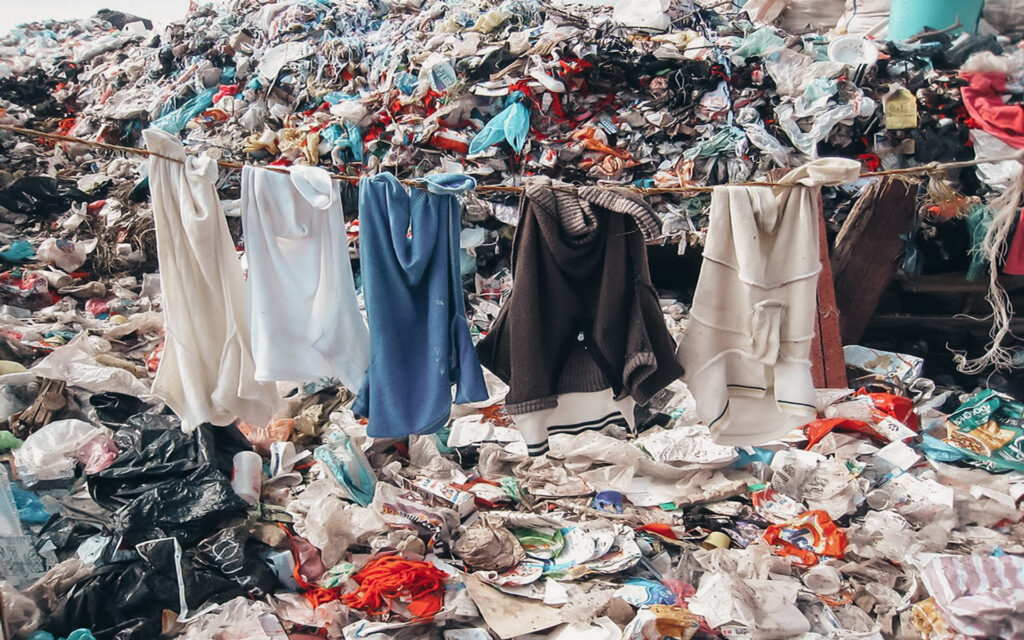
Leather made from recycled flowers
The production of animal leather has negative impacts on the environment. Its process requires a lot of energy and water while releasing dangerous chemicals that can pollute rivers and soils in addition to exploiting, mistreating, and killing animals.
On the other hand, synthetic furs are made of plastic from fossil fuels. Although we can find innovative alternatives to these two types of leather, these are not always the perfect solution.
Phool, which means “flower” in Hindi, is a company from Kanpur, India, that offers a sustainable solution to the leather problem.
It was born after its founder observed the number of flowers thrown as part of the Hindu cult into the Ganges River.
Traditionally, millions of floral offerings accompany religious rituals and ceremonies on this sacred river, generating approximately 8 million tons of waste each year. These flowers can often contain some chemical that pollutes the river.
We started life with a simple idea: to clean the most sacred river in India. In the process, we discovered a material that grows in our factory plant and could one day replace animal leather forever.
Ankit Agarwal, founder
At first, these floral wastes were collected into incense sticks, and as they produced them, a thick substance began to grow on the unused fibers.
This drew their attention and made them decide to investigate it. This is how Fleather was born.
So far, prototypes of bags, wallets, and shoes have been successfully created with this new material.
The company, not only contributes to cleaning the river but also by creating employment opportunities for families in the area.
Currently, they are working with Phillips-Van Heusen Corporation (PVH Corp.), the company behind Calvin Klein and Tommy Hilfiger, in the manufacture of bags made with Fleather.
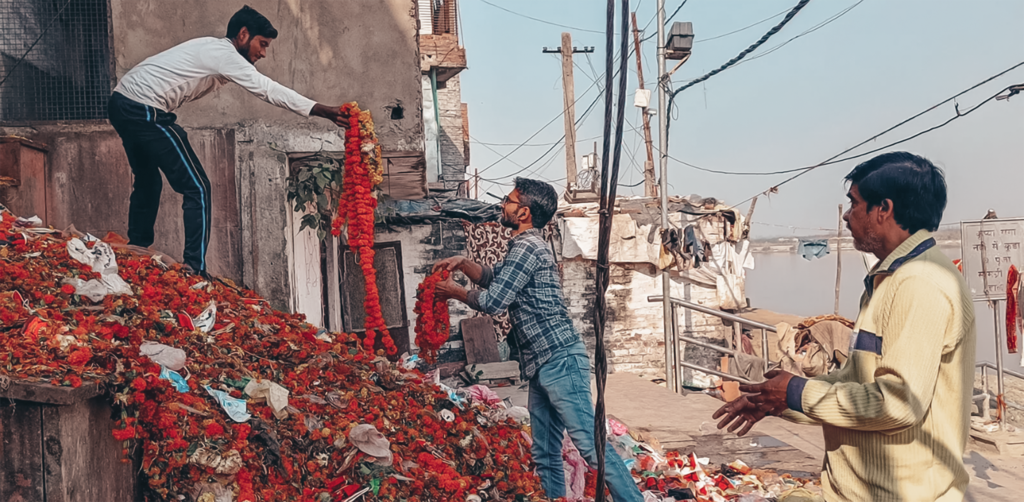
Other smart solutions based on cultural habits
Fleather is part of a sustainable materials trend that seeks to solve environmental problems.
Sneakers made from wine
Wine has been a cultural symbol since ancient times.
Every year, 26 billion liters of wine are produced worldwide, generating approximately 6.5 billion liters of waste such as skins and seeds.
Italy is the main leader with 18% of the world’s total wine production.
Each stage of its production significantly contributes to environmental damage, by degrading soils, reducing biodiversity, polluting water, as well as leaving a large environmental footprint from the packaging and transport process of the finished product.
Pangaia is a company that makes leather slippers from the waste of grapes from Italian wine production.
But not only do they reuse discarded grape pomace, but part of the rubber sole is also made from recycled industrial waste.
In addition, It is also an environmentally friendly company obtaining the B Corp certification, which is granted to responsible, transparent businesses that consider the impact of their decisions throughout their supply chain.
It is produced responsibly in Portugal, using a minimum of water and alternative vegetable tanning methods, water-based glue, and natural cotton laces with 100% recycled plastic tips.
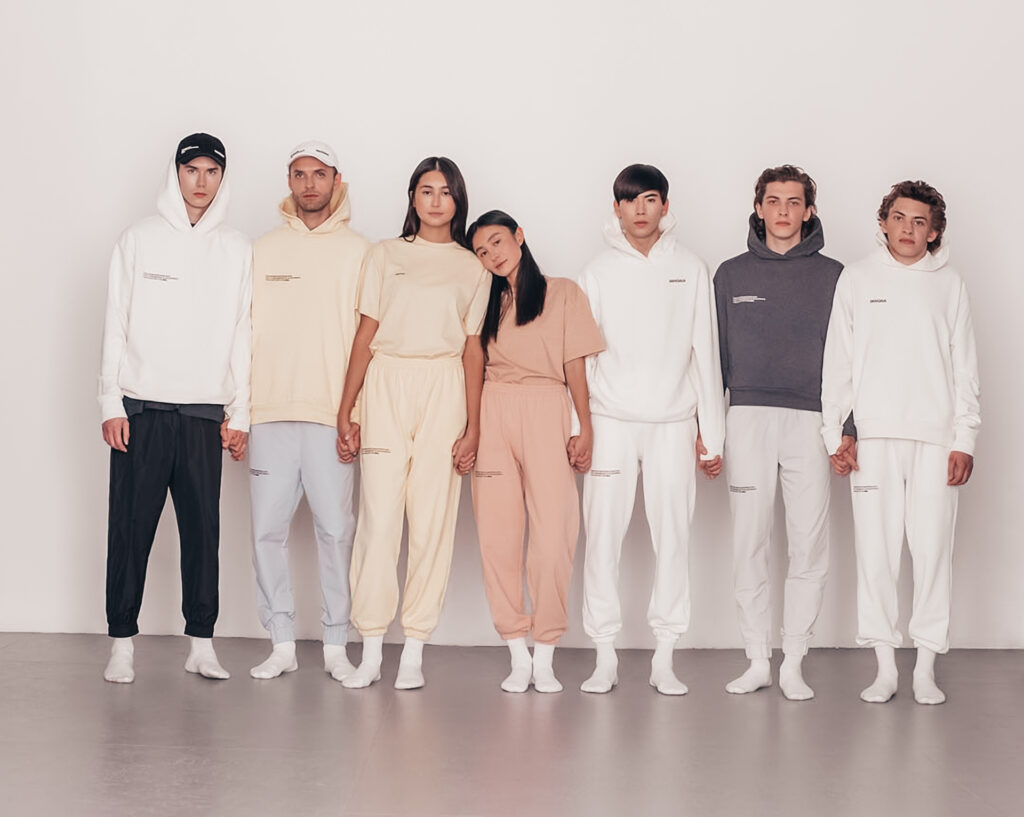
Fashion without plastic
Our dependence on plastic began in the 1960s.
The production of this non-biodegradable synthetic material is growing at an alarming rate. Huge volumes of waste can be found in landfills and waterways.
According to “The New Plastics Economy Rethinking the future of plastics” report, plastic production has increased in the last 50 years, from 15 million tons in 1964 to 311 million tons in 2014, while it is expected to double again in the next 20 years.
By 2050, there will be more plastic than fish in the world’s oceans
The New Plastics Economy Rethinking the future of plastics
The fashion industry is dominated by synthetic fibers such as polyester, whose manufacturing consumes a lot of energy, and large amounts of water, and produces high levels of greenhouse gas emissions.
In addition, these textiles are the largest source of microplastics, almost imperceptible plastic particles, the product of the degradation of plastic waste that can represent a threat to animals and human health.
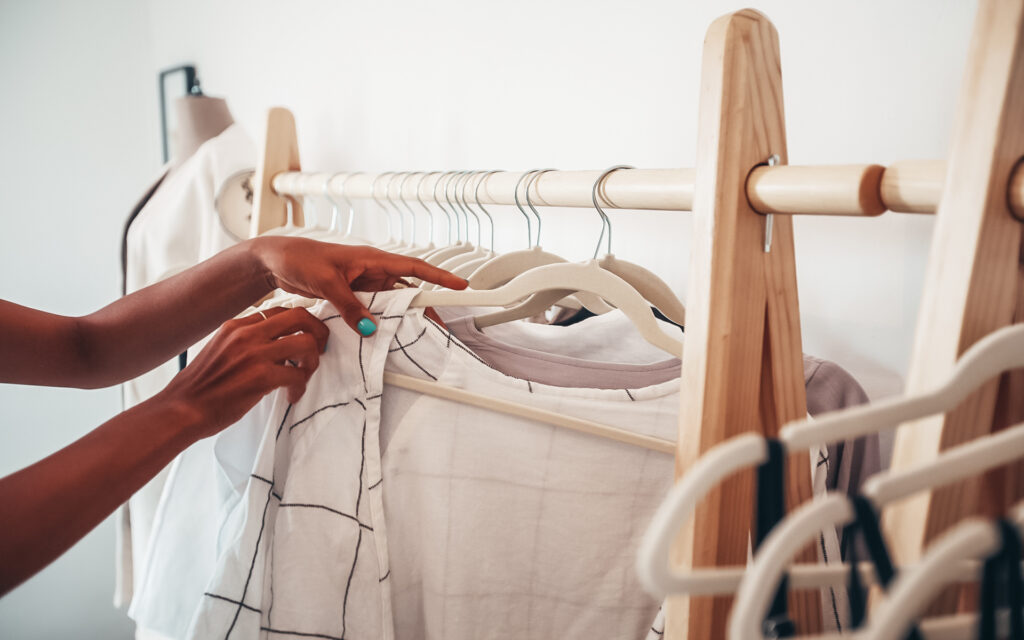
Let’s clean this place
Girlfriend Collective is a sportswear company. They are sustainable and ethically made. They use recycled materials such as post-consumer water bottles, fishing nets recovered from the sea, and scraps of fabric among other waste.
Their fabric is dyed with eco-friendly dyes and the wastewater is carefully cleaned and cooled before being released.
Since most sportswear is made of synthetic fabrics, it is recommended to wash them in a washing bag or filter.
This company makes and sells a washing bag that connects to the washing machine and captures these fibers before they can enter waterways, keeping the microfibers away from the oceans.
Even their packaging is 100% recycled and recyclable.
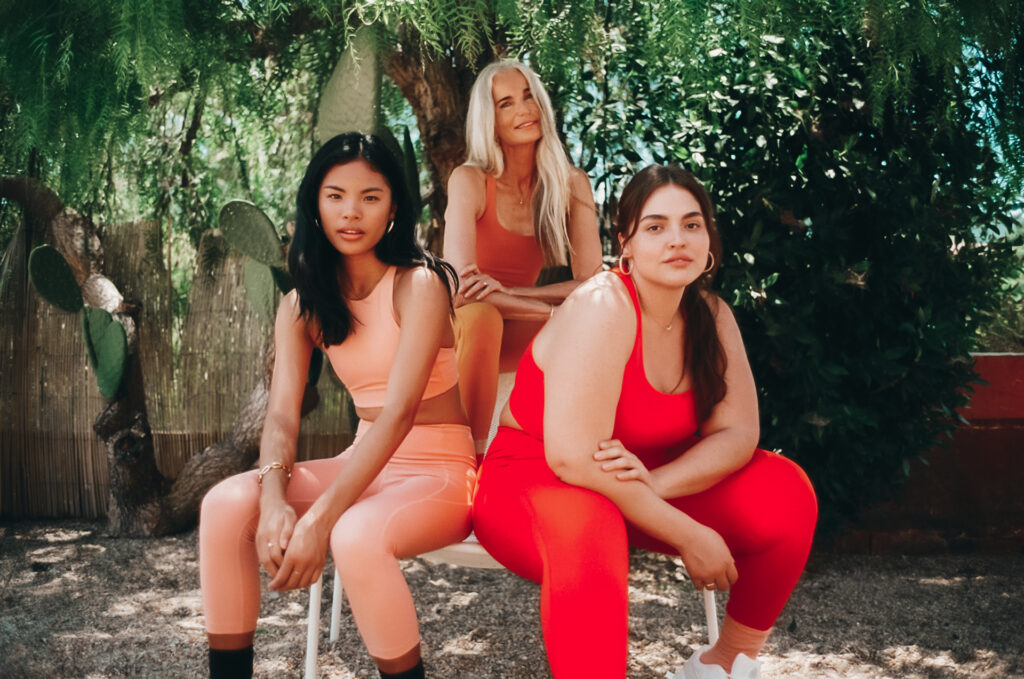
#BecauseThereIsNoPlanetB
Ecoalf is another sustainable fashion brand committed to the environment.
Founded in Spain, it uses discarded fishing nets, post-consumer plastic bottles, and worn tires to create its outerwear and swimwear lines.
Its goal is to reduce the consumption of natural resources. That is why it uses recycled materials, such as nylon, polyester, wool, and recycled cotton, reducing water consumption and CO2 emissions.
They are a certified Global Recycling Standard (GRS) brand, guaranteeing that all used fabrics used come from recycled sources.
In addition, in 2018 it became the first Spanish fashion brand to receive B Corporation certification.
In its own words: “The future is yesterday. We take yesterday’s waste and give it a second life as sustainable fiber.”
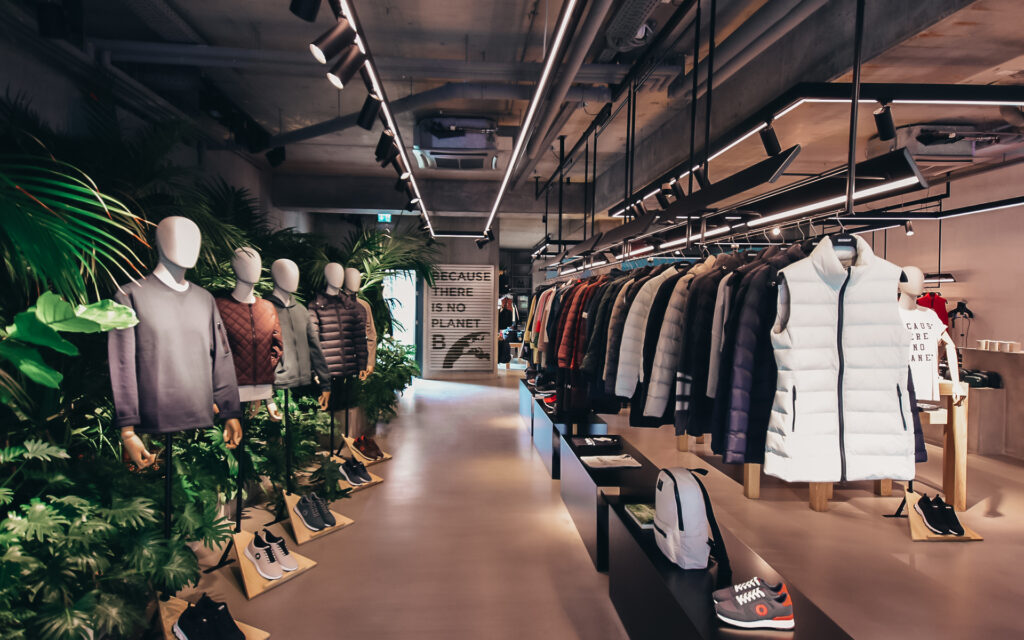
From coffee to fashion
Many people start the day by drinking a cup of coffee. That’s why it’s one of the most popular drinks in the world, along with water and tea.
Coffee is grown in tropical and subtropical areas. Its production has a negative impact on the environment due to the use of agrochemicals, causing deforestation, soil erosion, and water contamination resulting from the discharge of organic pollutants into waterways.
Sundried is a company related to sports and fitness.
Its EcoTech® sportswear collection is made from fabric from recycled coffee grounds.
These coffee waste products typically end up in a landfill, so this recycling process is truly ethical and responsible.
They are processed in a low-temperature, high-pressure environment to be turned into threads, which are then woven into a high-tech natural fabric.
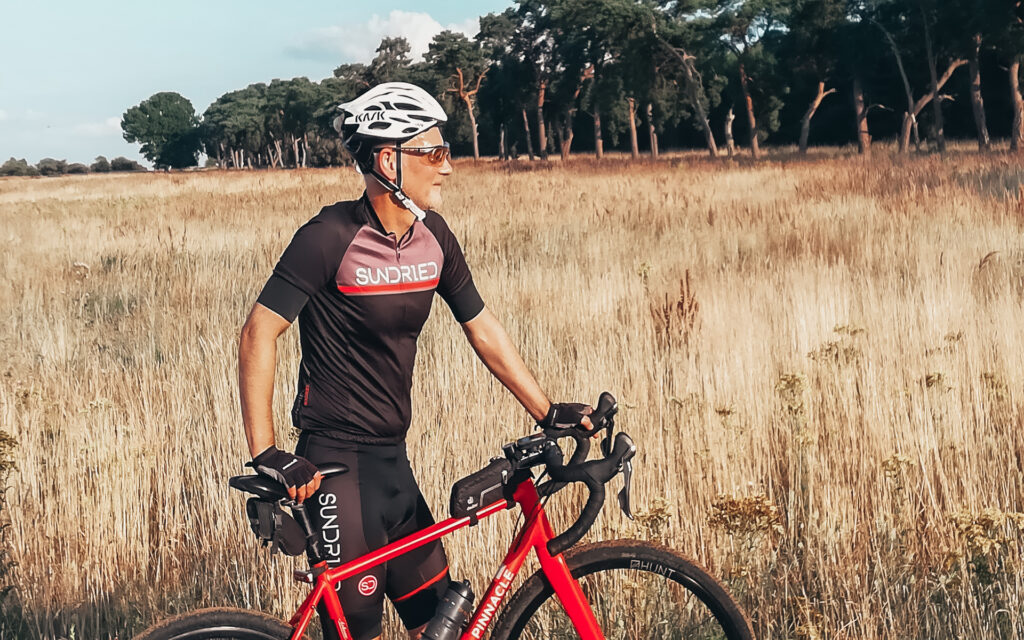
Cultural habits may seem to come from individual acts, but they are actually shaped by the culture around you.
Consumers are becoming increasingly aware of their consumption habits in relation to the environmental footprint generated by the fashion industry.
While we are beginning to eliminate certain behaviors that endanger the environment, we have a responsibility to choose the best way to consume products by reducing their waste.





